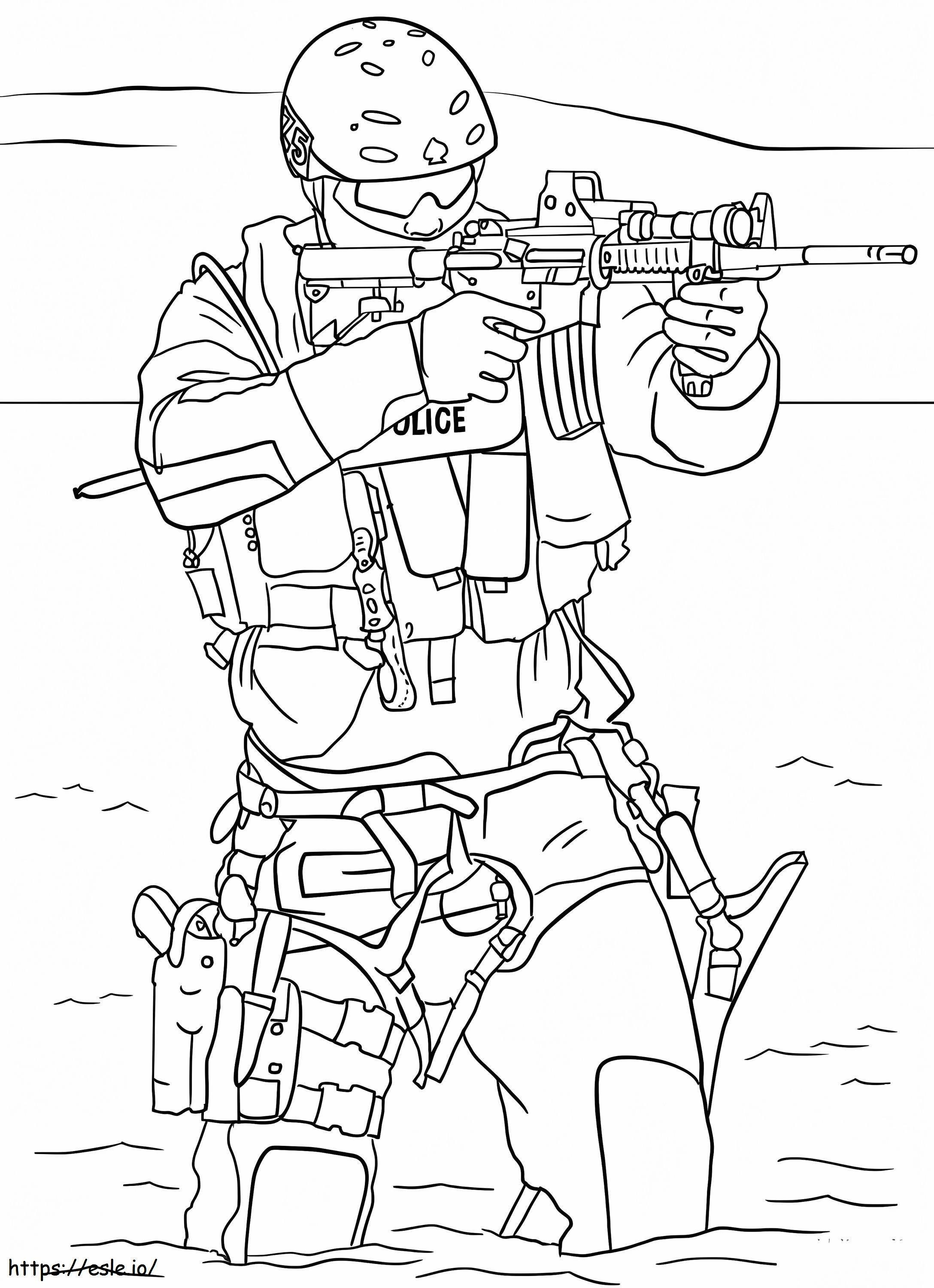When we hear the term SWAT, images of highly trained officers in tactical gear often come to mind. But what does SWAT truly stand for and what is its role in law enforcement? SWAT stands for Special Weapons And Tactics, a specialized unit within police departments that plays a crucial role in handling high-risk situations. Understanding the origins and responsibilities of these teams provides insight into their critical importance in modern policing.
The formation of SWAT teams dates back to the 1960s when police departments recognized the need for specialized units capable of managing complex and dangerous scenarios. These elite teams are composed of highly skilled officers who undergo rigorous training to handle situations that exceed the capabilities of regular patrol officers. From hostage rescues to armed standoffs, SWAT teams are called upon to ensure public safety while minimizing risks to civilians and law enforcement personnel alike.
Origins and Evolution of SWAT Units
SWAT teams emerged as a response to the increasing complexity of criminal activities and social unrest during the mid-20th century. Initially developed by major metropolitan police departments like Los Angeles, SWAT's primary objective was to provide an effective means of resolving incidents involving violence or threats to public safety. Over time, advancements in technology and evolving tactics have enhanced the capabilities of these units, making them indispensable assets for many police forces across the country.
As crime dynamics shifted, so did the roles and responsibilities of SWAT teams. Today, they not only address immediate threats but also support other units through specialized operations such as surveillance, crowd control, and counter-terrorism efforts. Their ability to adapt quickly has solidified their position as essential components of modern law enforcement strategies.
Moreover, SWAT units continue to evolve with ongoing training programs focused on de-escalation techniques, crisis negotiation skills, and advanced weaponry usage. This ensures that officers remain prepared for any situation they may encounter while maintaining professionalism and integrity throughout their missions.
Specialized Training and Equipment
Members of SWAT teams undergo extensive training that goes beyond standard police academy requirements. This includes mastering precision shooting, breaching techniques, and tactical movement under hostile conditions. Additionally, they receive instruction in areas such as first aid administration, chemical agent deployment, and armored vehicle operation - all tailored towards enhancing their effectiveness during high-stress situations.
Beyond physical prowess, mental resilience plays a significant role in shaping successful SWAT operatives. Officers must develop strong decision-making abilities under pressure alongside exceptional communication skills needed when coordinating large-scale operations involving multiple agencies. Continuous education keeps team members updated on best practices within the field ensuring optimal performance at all times.
Equipped with state-of-the-art gear ranging from body armor vests to night vision goggles, these professionals possess everything necessary to execute their duties safely yet efficiently. The combination of cutting-edge technology coupled with unwavering dedication makes each member invaluable contributors towards safeguarding communities nationwide.
Community Engagement and Public Perception
While SWAT teams primarily focus on operational excellence, fostering positive relationships between themselves and local populations remains equally important. By participating actively in community outreach initiatives aimed at educating citizens about their mission objectives along with demonstrating transparency regarding deployment criteria; trust levels increase significantly among residents.
Furthermore, media portrayals often shape public perception surrounding SWAT activities which can either bolster support or create misconceptions depending upon accuracy portrayed therein. Therefore it becomes imperative for departments housing such units to engage proactively via press releases detailing factual accounts whenever possible thus countering misinformation spread elsewhere online platforms.
In conclusion, understanding what SWAT stands for extends beyond merely knowing its acronym; recognizing how integral these specialized units contribute towards preserving peace within our society highlights why continued investment into both personnel development alongside technological advancement will be key moving forward ensuring sustained success well into future years ahead!

